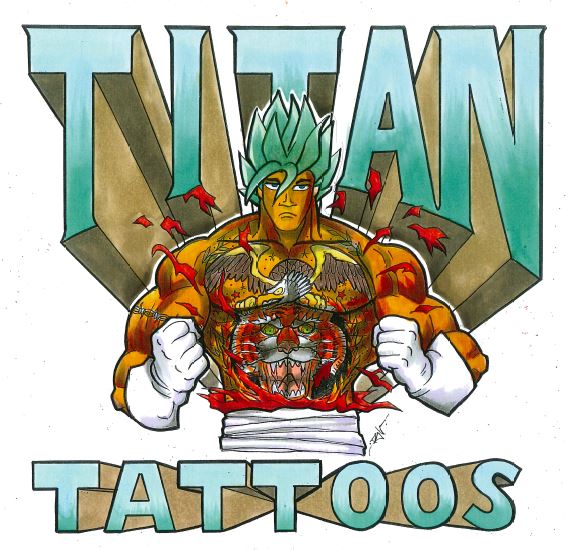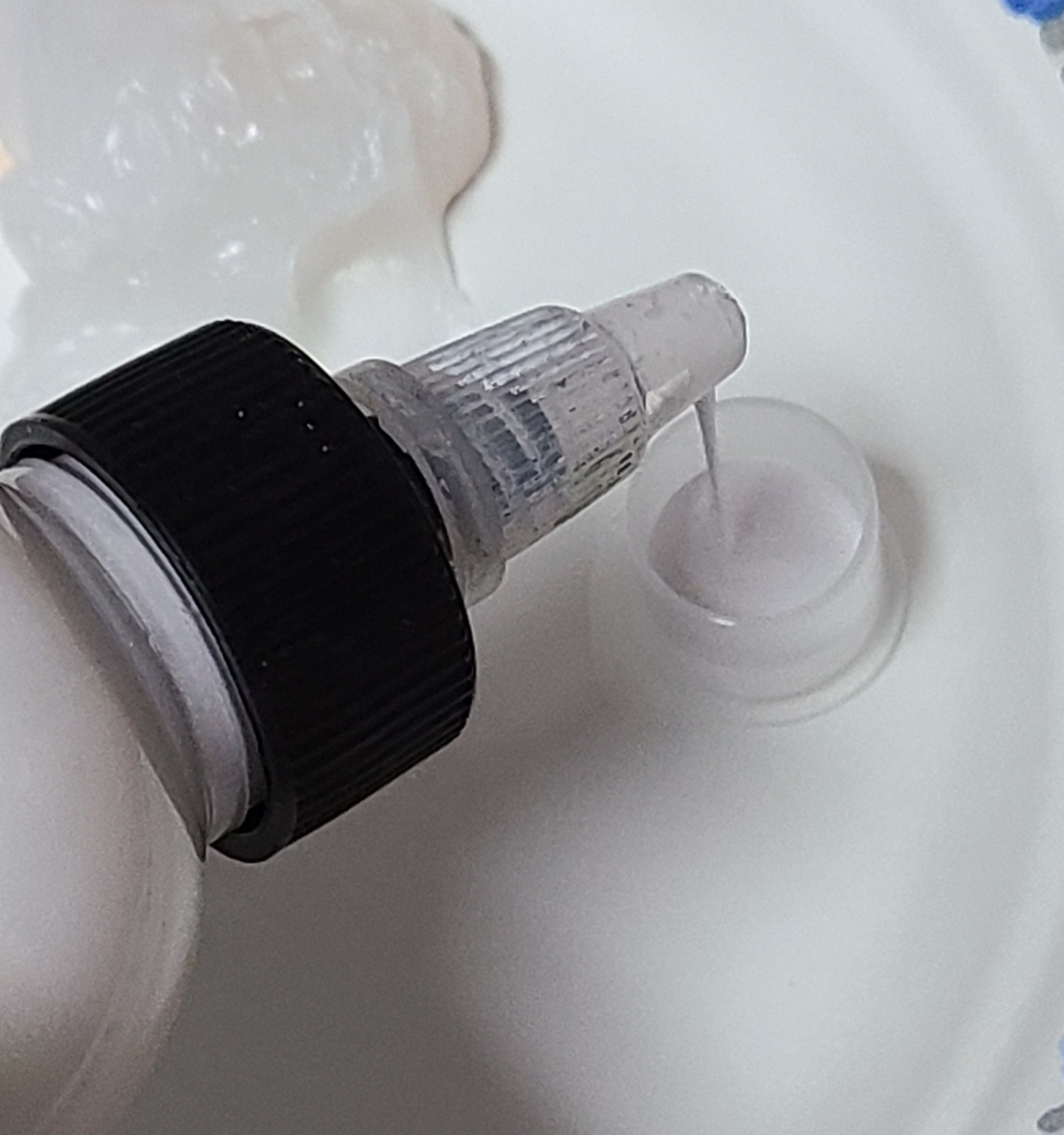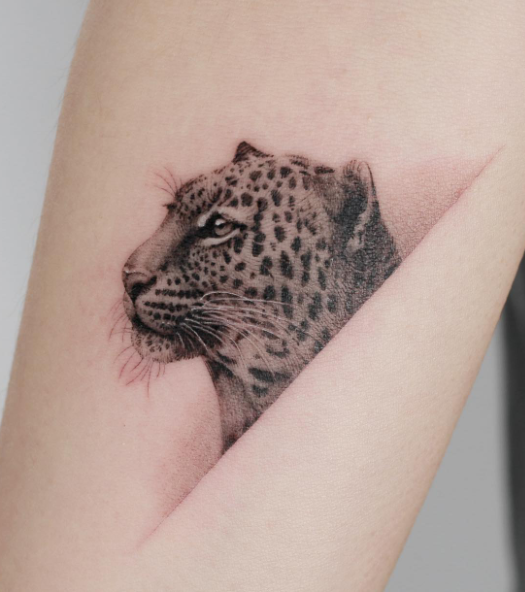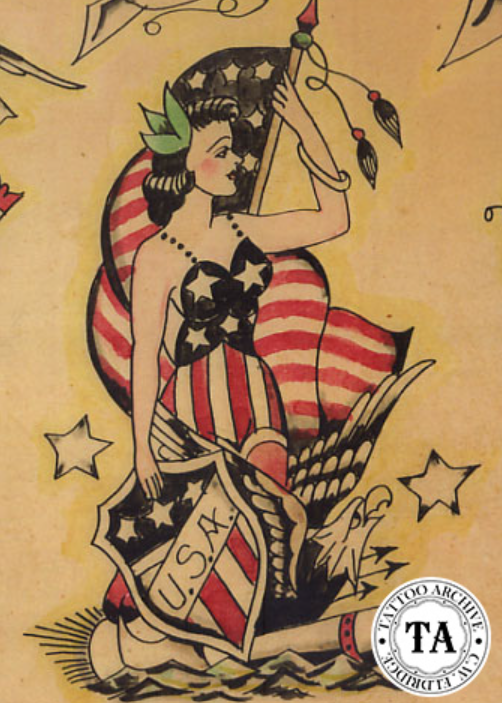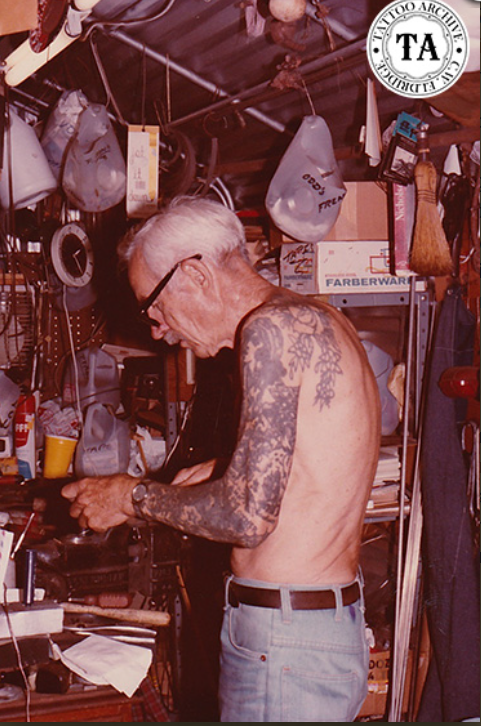American Traditional Part 5: Doc Forbes Hendry

The story of Canadian tattooer Doc Forbes is very much intertwined with the height of the American Traditional tattoo scene in the 1950’s across America. American Traditional is just the name of the style, it was extremely present in early Canadian tattooing at the same time. Forbes apprenticed under Frederick Baldwin, the first Canadian tattooer to use an electric tattoo machine! Through his career he would train under many other famous artists such as Pat Martynuik.

Like other American Traditional artists at this time Forbes primary clientele were the sailors from Navy bases getting their iconic tattoos. If you’re a regular reader of this blog you’re familiar with this trope of Navy sailors and military men getting inked with American Trad before deployment, upon returning, and special badges of accomplishment. After his apprenticeships Doc worked out of Ace Tattoo on Davie street in Vancouver, Bc close to a naval base at the time. He also spent time working in Victoria. His proximity to the naval bases definitely influenced his clients but Doc said in a short documentary by CBC that all people get tattooed, it wasn’t strictly for sailors. In addition to American Traditional he did some other very meaningful tattooing. He did aesthetic medical tattooing to change the lives of burn survivors. In addition to being ahead of his time in the cosmetic tattooing field, doing permanent makeup on women of the time.


Unfortunately, following a stroke in the 70’s Doc fell into a deep depression and destroyed much of his work (not that on skin of course). Most of what remains is currently in the Lyle Tuttle collection. Tuttle and Forbes worked together and possibly on each other throughout their careers; with Tuttle being a tattoo artifact collector it’s not surprising that Forbes’ work ended up in the Tuttle collection, and now museum.

Doc took tattoo hygiene and cleanliness to an unprecedented level at the time. There was not as much available knowledge about bloodborne pathogens in that time but Forbes knew his stuff, he even tells the interviewer that though he boils his needles for sanitation some disease can latch onto the metal, so if he is tattooing someone who poses this risk he does throw out that needle. It was common in early tattooing for artists not to use gloves, not realizing the paths that bacteria can travel. You’ll see in the CBC documentary below that Forbes is wearing gloves when he’s tattooing. It can be hard to tell since the film is from 1964, and in black and white, while Forbes is wearing clear gloves. I did a double take when I saw this because that health standard was not common yet. He has come to be known as one of the cleanest old school tattooers.
I couldn’t get the video to embed but you can see it here: https://www.cbc.ca/player/play/934535235649
There’s some other things from the short documentary that I want to point out that are still relevant in our industry today, mainly when the interviewer is talking to his client Joan, who says her children are free to get tattooed what they’d like when they are 18. This is another standard that is upheld by many tattooers today but wasn’t a common rule in the history of tattooing. An aside about Joan, is that we suspect she is actually the wife of another tattoo legend, Pat Matrynuik. There are photos of Joan being listed as his wife, I’m not sure why it didn’t make it into this documentary but it is a fun little tidbit.

Another thing to notice is the stencil Forbes uses. Bryan was watching the documentary with me and mentioned that the designs likely were etched into the plastic sheets, then the etchings filled with some kind of ink or pigment to create the stencil. In the documentary Forbes also mentions the price of the tattoo he’s doing, he says it will cost the young man $10 in 1964. In today’s currency that is about $177 and right on track for what a tattoo that size may cost at a reputable shop. It’s very cool how similarly Doc operated. Checkout some stencils from Forbes below.


Tattooing and all the related considerations have come a long way since the 50’s like age requirements, health standards, and ethics. Now though these are not required by law there is an industry standard across shops today. Doc was well ahead of his time acting cleanly and ethically, he is a very important tattooer in Canadian history.
Sources:
- https://www.cbc.ca/archives/entry/doc-forbes-tattoo-artist
- https://www.cbc.ca/archives/in-1964-tattoos-weren-t-just-for-sailors-anymore-1.5101656
- https://allthingstattoo.ca/2021/01/22/tattoo-history-13-doc-forbes/comment-page-1/







































































